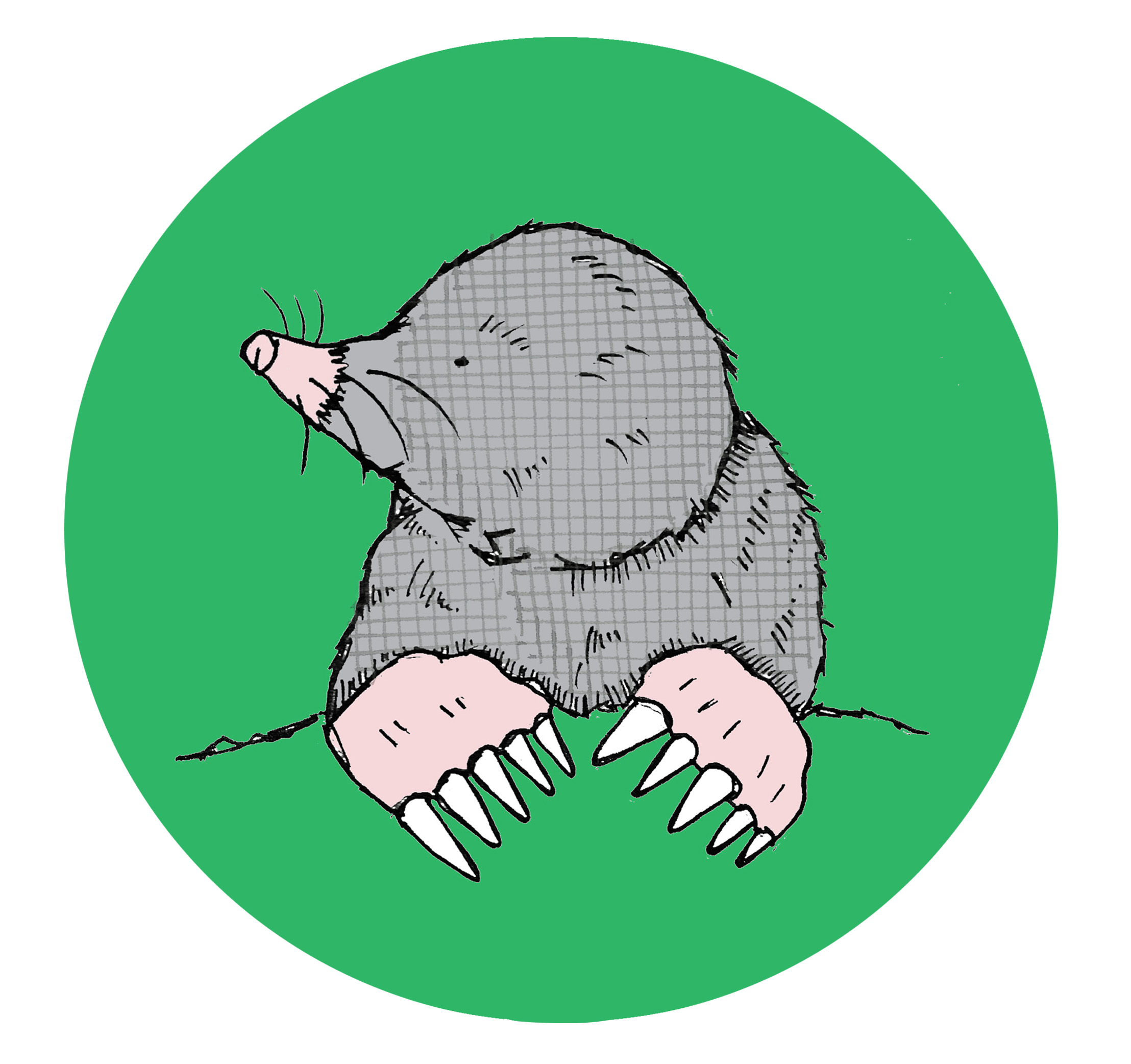Consultant Dermatologist Dr Virginia Hubbard at London Bridge Hospital Offers Tips to Reduce Your Risk Of Skin Cancer during the Heatwave
Most cases of skin cancer are caused by exposure to the sun’s UVA and UVB rays, therefore protecting your skin when outside, especially whilst experiencing such severe weather, is the most significant way of reducing the risk of developing both melanoma and non-melanoma cancers.
Avoid sunburn – use a sunscreen of at least SPF30 with UVA and UVB protection
Use twice as much sunscreen as you think you need: most people apply it far too thinly. Make sure you reapply every hour or so, especially if sweating or after swimming, to ensure continued protection.
Stay out of the sun between 11am and 3pm when the UV rays are at their strongest.
Keep babies and children out of the sun. Use UV protective suits and hats with brims and keep them in the shade whenever possible.
Alongside these tips, Dr Hubbard advocates that people regularly examine their skin, at least once a month, to check for any signs or symptoms of skin cancer. People with fair skin, or who burn easily, and those with lots of moles should take particular care as they have an increased risk of developing skin cancer.
In particular, Dr Hubbard advises that the first thing people should look for when examining their skin is any new moles that have developed and secondly, any changes that may have developed in existing moles. Dr Hubbard recommends remembering the changes to look for with the ABCD-E rule:
- A – Asymmetry – If the shape of the mole is not even in the two halves, this could be a sign of melanoma.
- B – Border – The edge of the mole is irregular.
- C – Colour – There may be different colours within a mole – pink, brown, black or white. In general, if a mole consists of three or more colours, then it needs to be assessed by an expert. Any change in colour should also trigger a visit to the doctor.
- D – Diameter – Cancerous moles are usually bigger than 6mm in diameter. Also, any increase in size should be noted.
- E – Expert – If in any doubt, seek advice from your doctor. If your GP is concerned then you will be referred to a dermatologist.
www.londonbridgehospital.london
British Skin Foundation launches Molly the Mole to encourage people to check their moles!
You can buy a Molly the Mole wristband designed by Martha & Hepsie for just £2 and help to spread the skin check message with your friends and family.
The money raised from the sale of the wristbands will go to skin cancer research as part of the British Skin Foundation’s It Takes 7 skin cancer campaign.
You’ll also find me on special gifts with a percentage of the sale going to skin cancer research.
Get the latest on Twitter.com/ItTakes7 and Facebook.com/ItTakes7


